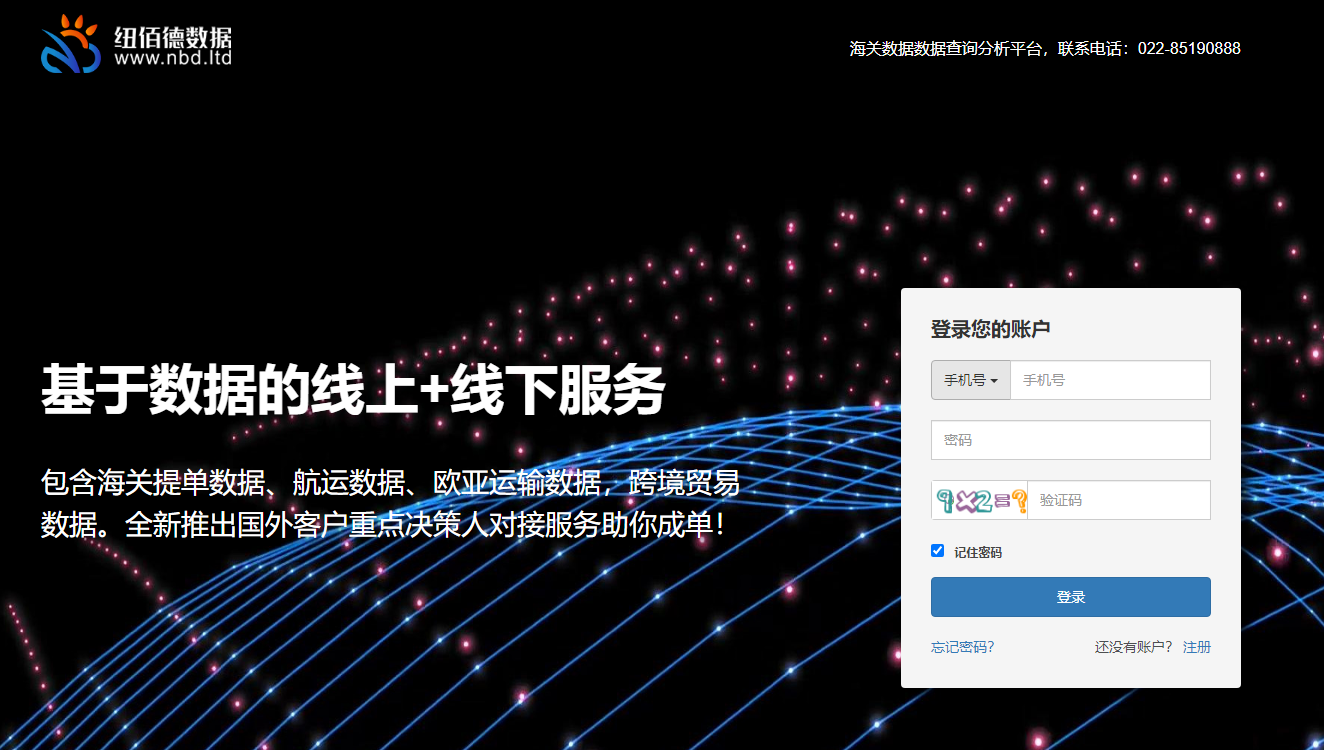Why can't you find data when searching with the national customs code?
The customs code, known as the HS code, stands for the Harmonized System (HS) and is the abbreviation for the International Convention on the Harmonized Commodity Description and Coding System. The full name of the convention is "International Convention for Harmonized Commodity Description and Coding System" and it is commonly referred to as the Harmonized System.
Different countries use different 8-digit or 10-digit customs codes. For instance, China uses the Harmonized System as defined by the World Customs Organization (WCO) which is a 6-digit HS code system that categorizes international trade goods into 22 sections and 98 chapters. The internationally used customs codes only include the first six digits, while the additional digits are extended by each country to further detail their own import and export product lists. This leads to variations in the HS codes used for customs declarations across different countries.

In the NBD customs data query system, two methods are provided to handle the differences in customs codes between countries, based on the commonality of the first 6 digits of the HS code. One method involves using the default international HS code compatibility feature, where users input the Chinese HS code and select "fuzzy search." The system then returns the corresponding customs data based on internationally compatible HS codes. The other method involves using the free HS code lookup tool provided by NewBaidu. Users can select the relevant country and input the English name of the product to find the accurate HS code for that country.




